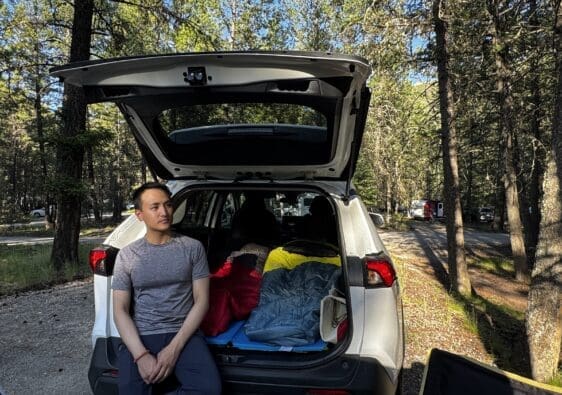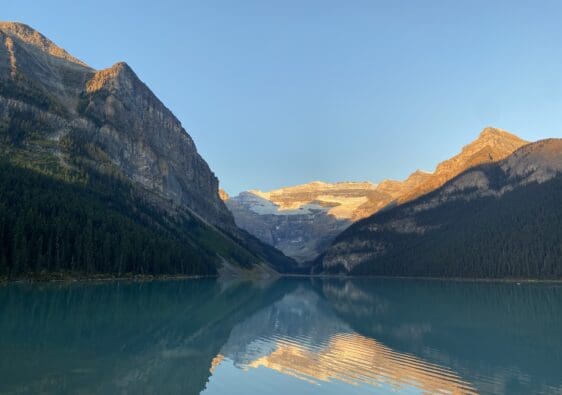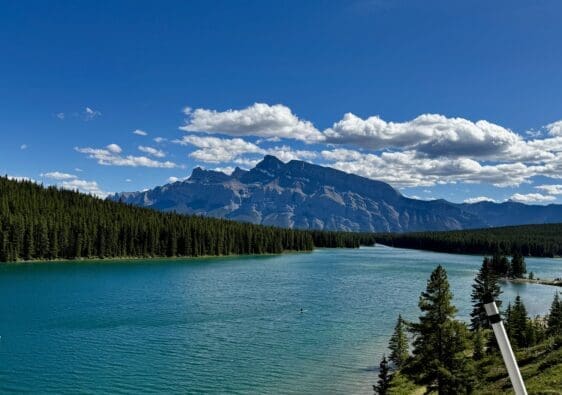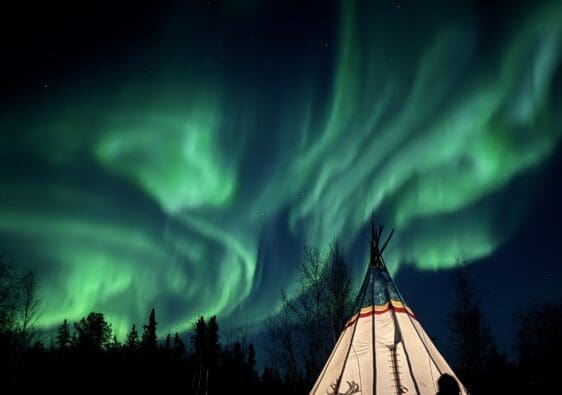When traveling to extremely cold environments, like when you visiting Yellowknife, having the right gear is crucial. This guide covers what to wear and bring under extreme cold weather gear. We have suggested many gears in the following, you can prepare as you need.
Understanding the Layering System

Before diving into specific weather conditions, it’s essential to understand the three-layer system that forms the backbone of outdoor clothing strategy:
Base Layer
Sits against your skin and manages moisture
Mid Layer
Provides insulation by trapping warm air
Outer Layer
Protects from wind, rain, and snow
This versatile approach allows you to adapt to changing conditions by adding or removing layers as needed throughout your journey.
Essentials Extreme Cold Weather Gear
Below -30°C/-22°F
In extremely cold places like the Arctic, Antarctica, or high mountains in winter, regular winter clothes are not enough. These freezing conditions require special gear and careful planning. In such harsh weather, the right equipment is not just for staying warm—it’s necessary to survive.
Base Layer: Thermal Underwear
A high-quality base layer is the first step in staying warm. The base layer sits directly against your skin and helps wick away sweat while trapping body heat. Avoid cotton, as it absorbs moisture and can make you feel colder. Instead, choose materials like merino wool or synthetic fabrics designed for insulation. A good base layer includes a long-sleeved thermal shirt and thermal leggings.
Mid Layer: Fleece or Down Insulation
The mid-layer provides extra warmth by trapping heat. This can be a fleece jacket, a down sweater, or an insulated vest. Down insulation is excellent for dry conditions, as it provides incredible warmth while remaining lightweight. However, if there’s a chance of getting wet, opt for synthetic insulation since it retains warmth even when damp.
Outer Layer: Waterproof and Windproof Jacket and Pants
The outer layer protects you from wind, snow, and rain. Look for a waterproof, windproof, and breathable shell jacket with features like adjustable cuffs, a high collar, and a hood to block wind. Pair it with waterproof insulated pants to ensure your legs stay warm and dry. GORE-TEX and similar materials are excellent choices for durability and protection.
Insulated Parka

Canada Goose insulated parka
In extremely cold environments, a heavy-duty insulated parka is a must. A high-quality parka will have thick down or synthetic insulation, a fur-lined or adjustable hood, and multiple layers to trap heat. Brands like Canada Goose, The North Face, and Arc’teryx offer some of the best options for essentials extreme cold weather gear.
Insulated Gloves or Mittens
Hands are one of the first body parts to suffer from frostbite. Insulated gloves or mittens with a waterproof outer shell and a warm inner lining (such as fleece or wool) are essential. Mittens keep fingers together, retaining heat better than gloves. For added warmth, use thin liner gloves inside your mittens for extra insulation.
Thermal Socks
Feet can quickly become cold if not properly insulated. Thick wool or synthetic thermal socks help keep feet warm. Avoid cotton socks, as they absorb moisture and cause heat loss. Consider wearing two layers of socks—a thin moisture-wicking pair underneath and thick wool socks on top.
Insulated and Waterproof Boots
Your regular winter boots won’t be enough in extreme cold. Look for waterproof and insulated boots rated for temperatures as low as -40°C or colder. Ensure they have a thick rubber sole with good traction to prevent slipping on ice. Some of the best options include Sorel, Baffin, and Muck Boot brands. You can also add heavy-duty gaiters with insulation for extra insulation.
Balaclava or Face Mask
A balaclava, face mask, or neck gaiter is necessary to protect your face from frostbite. In extremely cold temperatures, exposed skin can freeze within minutes, so covering your nose, cheeks, and chin is essential. Look for fleece or wool materials for warmth and breathability.
Warm Hat: Beanie or Trapper Hat
Since a significant amount of body heat is lost through the head, a warm hat is essential. A wool or fleece beanie works well, but for extreme cold, a trapper hat with ear flaps and fur lining provides additional warmth.
Heated Clothing (Optional but Useful)
For extra warmth, consider battery-powered heated gloves, socks, jackets, or vests. These items generate heat through small battery packs and can be life-saving in harsh conditions. Heated insoles for boots can also help keep feet warm for long periods.
Essential Gear to Bring for Extreme Cold
Hand and Foot Warmers
Disposable or rechargeable hand and foot warmers provide extra warmth when needed. They can be placed inside gloves, boots, or pockets for instant heat.
Goggles or Sunglasses
Protecting your eyes is important in extreme cold, especially if you’re in snowy areas where sunlight reflects off the snow (snow blindness). Goggles or UV-blocking sunglasses prevent eye strain and help in windy conditions.
High-Energy Food and Snacks
Cold weather increases calorie needs, so bringing high-energy snacks like nuts, chocolate, protein bars, and freeze-dried meals is important. Eating regularly helps maintain body warmth.
Waterproof Backpack or Dry Bags
A waterproof backpack or dry bags are essential for keeping extra clothes and electronics dry. Snow and ice can easily melt and soak your gear, leading to freezing conditions.
Tips for Extreme Cold Travel
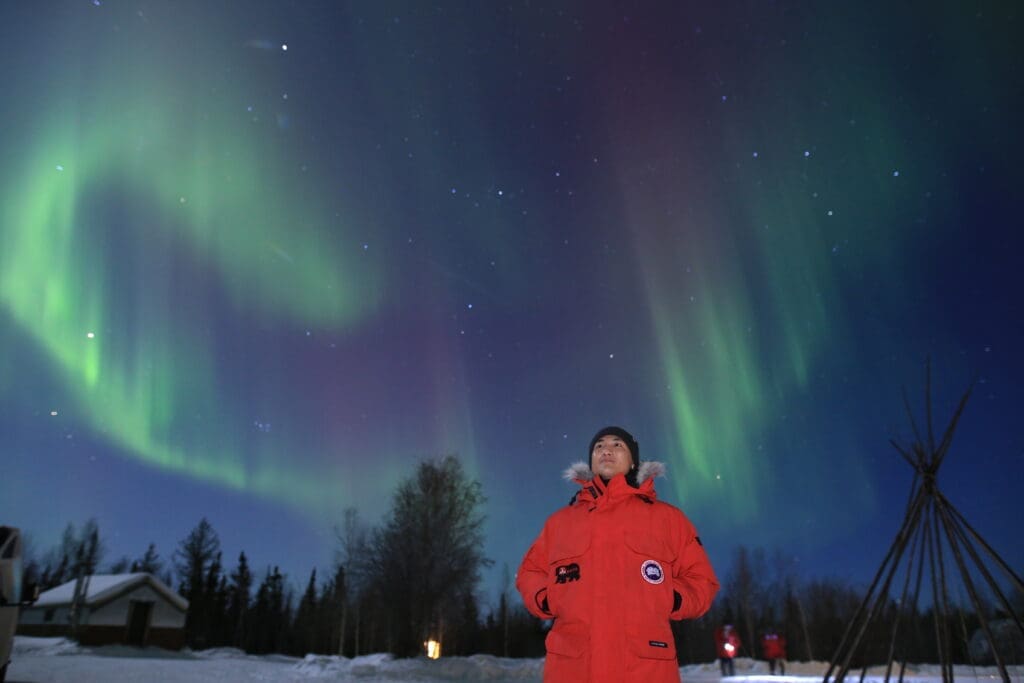
- Layering is key: Wearing multiple layers allows you to adjust clothing based on activity and temperature.
- Stay dry: Moisture from sweat or snow can make you cold fast. Change damp clothes immediately.
- Keep moving: Physical activity helps generate body heat. Avoid standing still for too long.
- Know the signs of frostbite and hypothermia: Recognizing early symptoms can prevent serious injury.
- Test gear before travel: Make sure everything fits well and works properly before heading into extreme cold.
Time for Adventure






























